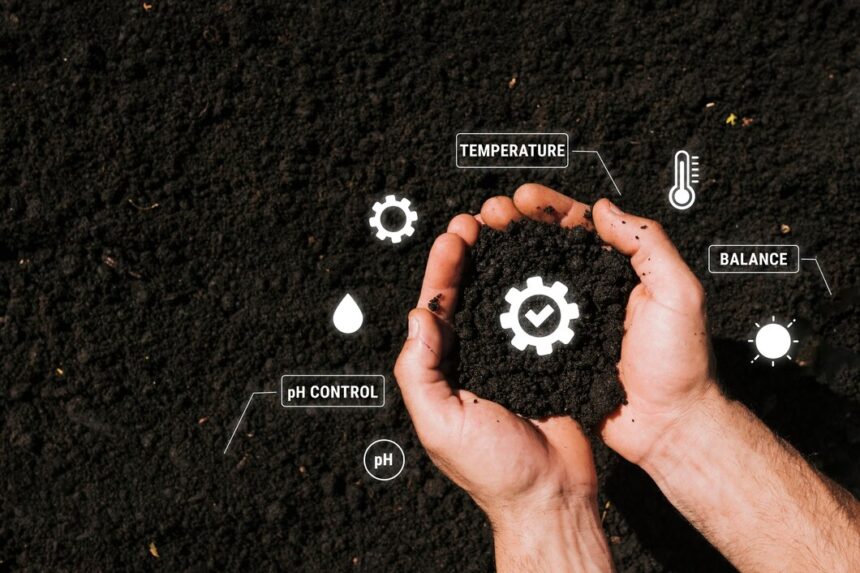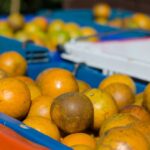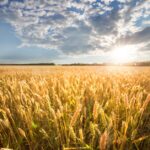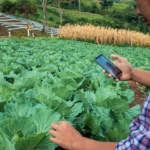In modern agriculture, technology plays a crucial role in optimizing productivity and sustainability. Among the most transformative innovations is the Internet of Things (IoT), particularly IoT sensors used for monitoring soil health. These smart devices provide real-time data that enables farmers, agronomists, and researchers to make informed decisions, leading to increased crop yields, reduced resource wastage, and improved environmental conservation.
How IoT Sensors Work in Soil Monitoring
IoT sensors collect and transmit data on various soil parameters, including moisture levels, temperature, pH, and nutrient content. These sensors are deployed in the field and connected to cloud-based platforms via wireless networks such as Wi-Fi, LoRa, or cellular networks. The collected data is then analyzed using artificial intelligence (AI) and machine learning (ML) algorithms, offering valuable insights into soil conditions.
Key Benefits of IoT Sensors in Soil Health Management
- Precision Agriculture
IoT sensors enable farmers to practice precision agriculture by delivering targeted irrigation and fertilization based on real-time soil conditions. This reduces unnecessary water and fertilizer use, cutting costs and minimizing environmental pollution. - Improved Crop Yield
By continuously monitoring soil moisture and nutrient levels, farmers can adjust their agricultural practices to create optimal growing conditions. This leads to healthier crops, higher yields, and better quality produce. - Early Detection of Soil Degradation
IoT sensors help detect early signs of soil degradation, such as excessive salinity, nutrient depletion, or contamination. This allows for timely interventions to restore soil health before it negatively affects crop production. - Water Conservation
With growing concerns about water scarcity, IoT sensors ensure efficient irrigation by preventing overwatering or underwatering. Smart irrigation systems automatically adjust water delivery based on real-time soil moisture readings, conserving water while maintaining crop health. - Data-Driven Decision Making
Farmers can access detailed soil health reports on their mobile devices or computers, allowing them to make informed decisions about planting schedules, fertilizer application, and pest control strategies. The integration of AI-powered analytics further enhances decision-making by predicting soil trends over time.
Challenges and Future Prospects
Despite their numerous benefits, IoT sensors face some challenges, such as high initial costs, the need for reliable network connectivity, and potential technical complexities in managing large volumes of data. However, as IoT technology advances, sensor costs are expected to decline, making them more accessible to small-scale farmers.
Future developments in IoT sensors will likely include enhanced AI capabilities, better energy efficiency, and improved interoperability with other smart farming tools. These advancements will further revolutionize soil health monitoring, driving the agricultural sector toward greater efficiency and sustainability.
IoT sensors are redefining how soil health is monitored and managed. By providing real-time, data-driven insights, these devices empower farmers to adopt more sustainable and productive agricultural practices. As technology continues to evolve, IoT-driven soil monitoring will play an even more critical role in ensuring global food security while preserving natural resources.







